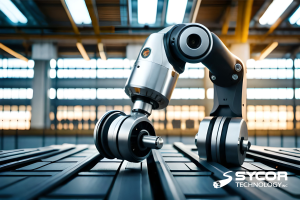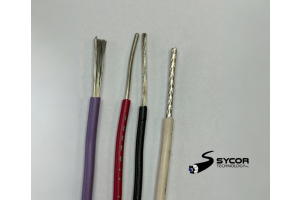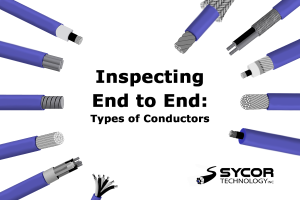Sycor's Wire & Cable Blog
-
Explore the evolution of automation. Discover how robotics and cobotics have revolutionized industries, from manual labor to automated precision. Learn about the latest trends and applications shaping the future of technology and innovation.
-
Explore the process of conductor plating in electrical and electronic component manufacturing. Learn about the advantages and applications of Tin, Silver, and Nickel methods, along with specialized techniques. Discover how these plating materials enhance performance, durability, and resistance to environmental factors.
-
Every year, approximately one million New Yorkers and surrounding locals gather in Times Square to celebrate the approaching new year, with millions more spectating around the world as we bid farewell to the past and welcome the future. For this week on the Sycor blog, we’re looking at the story behind as well as the electrical components within the Big Apple’s Times Square Ball!
-
That time of year has arrived once again! When here in the industrial sector we find ourselves in a sort of pre-holiday limbo, business slows, and workers all over prepare for holidays and year-end celebrations. Alterations to operating hours or outright production shutdowns for the holiday season can be a somewhat common occurrence because of this, typically to both the workers’ and the company’s benefit. However, this holiday season has already seen a much more sudden and forceful closure within the production sector…
-
Tinned or topcoated? Prefused? What about Nickel or Silver? Would bare copper work just fine? Deciding on which type of product to use in your components can be difficult, however for this installment of Inspecting End to End we’re covering these very questions to help you become an expert of the options…





